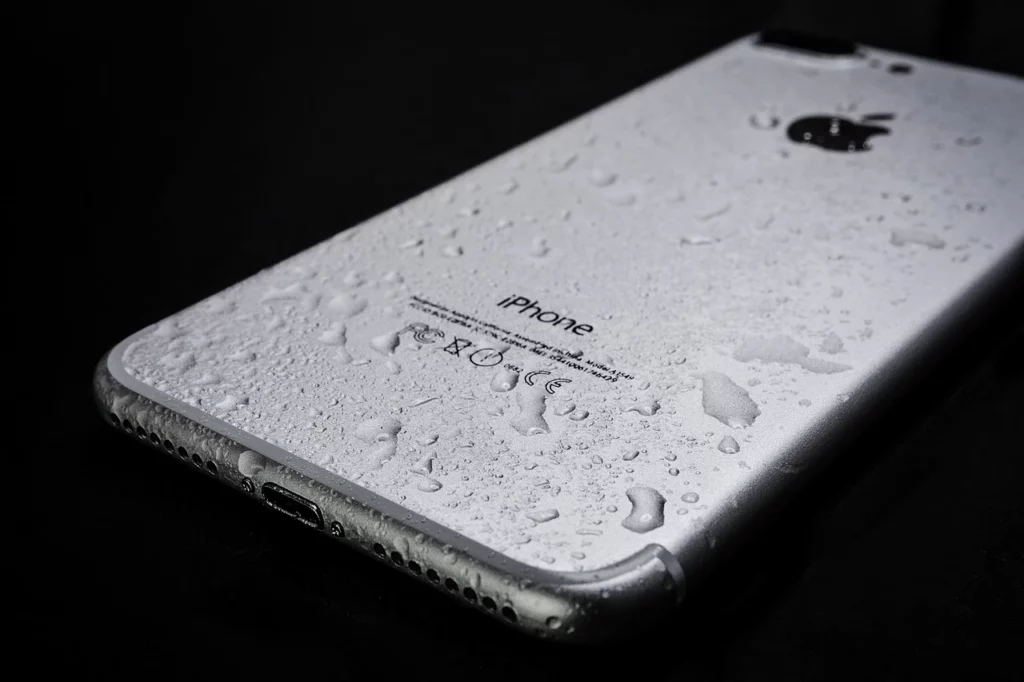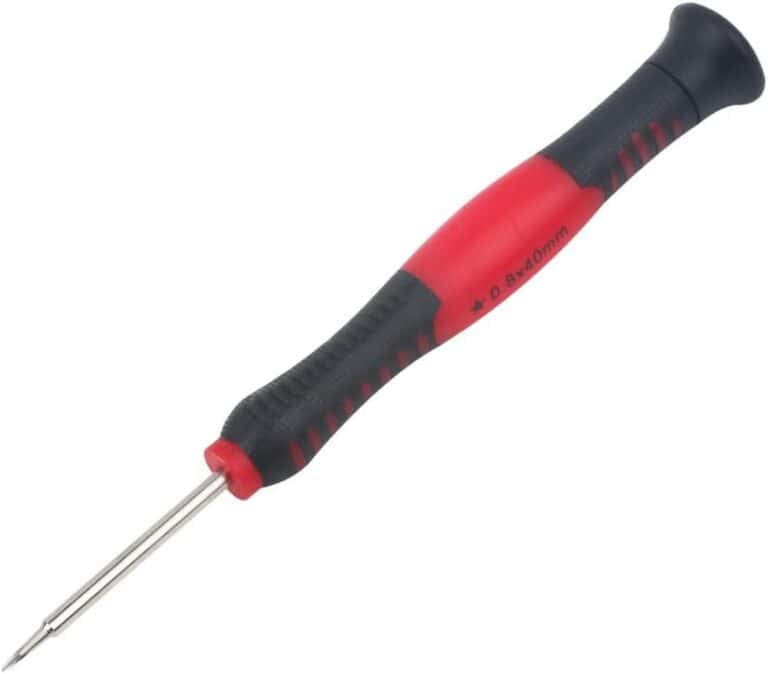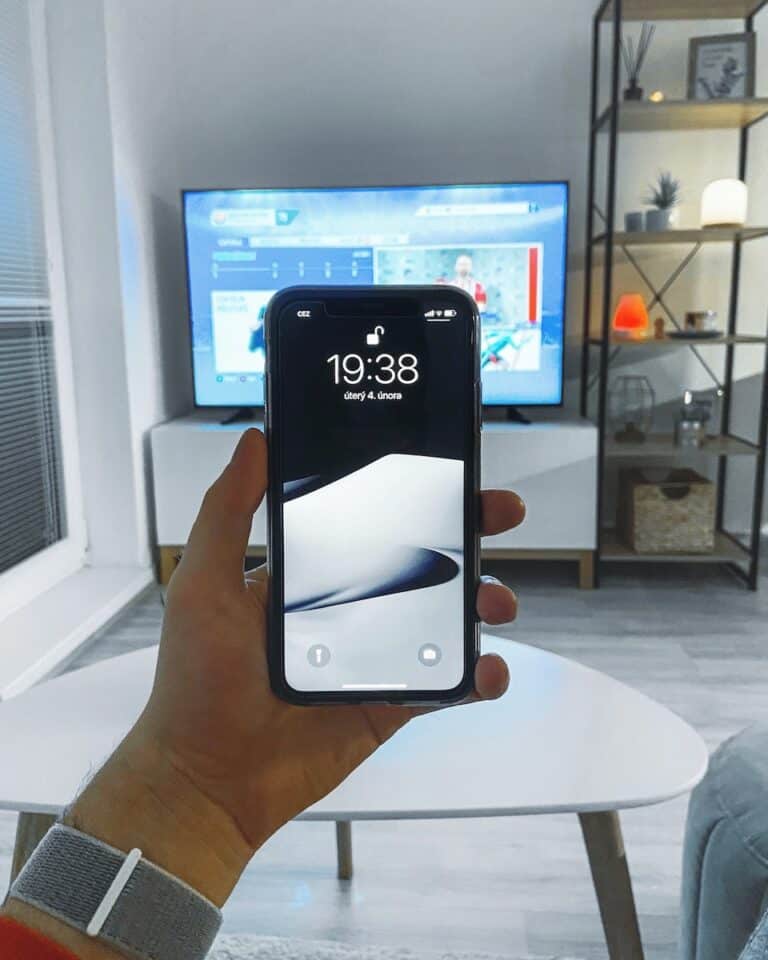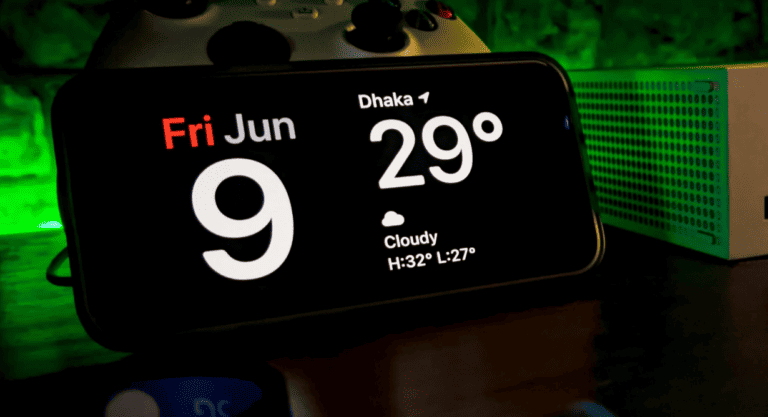Water damage ranks as one of the most common smartphone accidents, especially during summer months when phones spend more time near pools, beaches, and boats. When a phone gets wet, quick action can mean the difference between a working device and an expensive replacement. Many people panic and make mistakes that worsen the damage.
The key to saving a water-damaged phone lies in immediate action: remove it from liquid, turn it off, and begin proper drying techniques within minutes of the incident. Modern phones have some water resistance, but this protection has limits. Even water-resistant devices can suffer damage if submerged too long or exposed to liquids repeatedly.
Understanding the signs of water damage helps phone owners act fast and know when professional repair becomes necessary. Common indicators include condensation behind the screen, corrosion around ports, and discolored liquid damage indicators inside the device. The right steps taken quickly can often restore a wet phone to full function.

Accidentally dropped your phone in water? Don’t panic—quick action can make the difference between saving your device and losing it.
1. Act Immediately
- Turn it off: Power down your phone right away. Leaving it on can cause short circuits.
- Remove accessories: Take off the case, SIM card, memory card, and unplug any cables.
- Blot, don’t rub: Use a soft cloth or paper towel to gently pat the phone dry. Avoid shaking it, as that can push water deeper inside.
2. What NOT to Do
🚫 Don’t press buttons repeatedly (can push water further).
🚫 Don’t use a hairdryer or oven (heat can warp components).
🚫 Don’t put it in rice (it’s mostly a myth—rice doesn’t absorb moisture effectively, and dust can enter the phone).
3. Drying Methods That Work
- Air circulation: Place the phone in a dry, ventilated area.
- Silica gel packs: Put the phone in a sealed bag with silica gel packets (the “do not eat” packs from packaging). They work much better than rice.
- Vacuum method: If you have a small vacuum cleaner, you can gently draw moisture out of ports.
4. Wait Patiently
- Leave the phone to dry for at least 24–48 hours.
- Resist the urge to “check if it works” too soon.
5. Test & Power On
- After at least a day or two, reinsert the SIM card and power it on.
- Check for:
- Screen responsiveness
- Sound quality
- Charging function
- Camera clarity
6. If Problems Persist
- If you see screen flickering, distorted sound, or charging issues, take your phone to a professional repair shop or contact the manufacturer for service (source: Consumer Reports).
7. Prevent Future Water Damage
- Use a waterproof case if you’re often near water.
- Consider a waterproof pouch for beach, pool, or boating trips.
- Check your phone’s IP rating (some are water-resistant, but not waterproof).
✅ Summary:
Turn off your phone, dry it properly (avoid rice and heat), use silica gel or airflow, and wait at least 24–48 hours before powering it back on. If it still malfunctions, seek professional repair.
Key Takeaways
- Act immediately by removing the phone from water, turning it off, and avoiding common mistakes like using heat or rice
- Look for water behind the screen, port corrosion, and red liquid damage indicators to confirm water damage
- Professional repair services can help when DIY methods fail to restore phone function
Frequently Asked Questions
Water damage creates unique challenges for phone owners. Understanding the signs of permanent damage, repair costs, and effective drying methods helps users make informed decisions about their damaged devices.
How can I tell if my phone has been permanently damaged by water?
Several clear signs indicate permanent water damage to a phone. The most obvious include water or dried water marks visible behind the screen and corrosion marks at charging ports.
The Liquid Damage Indicator (LDI) provides the most reliable confirmation. This small indicator sits in the headphone jack, battery compartment, or SIM tray slot. When water damage occurs, the LDI turns red or maroon.
Other warning signs include foggy camera lenses and screen discoloration. Battery problems like rapid draining or overheating also signal water damage. Sound issues from speakers or microphones suggest moisture reached internal components.
If the phone powers on but shows glitches or certain features stop working, internal damage likely occurred. These problems may appear days after the water exposure.
What immediate steps should I take if my phone gets water damaged?
Speed matters most when water damages a phone. Remove the device from liquid immediately to prevent more water from entering sensitive areas.
Turn off the phone right away and keep it off. Remove any protective case and external accessories. If possible, open the back and remove the battery, SIM card, and microSD card.
Use a cloth or paper towel to dab the phone dry. Avoid rubbing motions that could push liquid deeper into the device. Gentle vacuuming around creases and openings can help remove excess water.
Keep the phone in a cool, dry place. Avoid placing it in direct sunlight or using heat sources like blow dryers. Heat can damage internal components permanently.
Is rice an effective method for drying out a water-damaged phone?
Rice does absorb some moisture from water-damaged phones. However, it creates more problems than it solves.
Rice introduces dust and dry starch into the phone’s cracks and openings. These particles can damage internal components or interfere with connections. Rice grains may also lodge in charging ports or headphone jacks.
When rice swells from moisture, it becomes extremely difficult to remove from small spaces. This can cause additional damage requiring professional repair.
Silica gel packets work much better than rice. These packets absorb moisture more effectively without creating debris. Place the phone in a plastic bag filled with silica gel packets for 24 to 48 hours.
Can water damage to a phone’s screen be repaired, and how?
Water damage to phone screens can often be repaired depending on the severity. Minor moisture that causes fogging or condensation behind the screen may clear up once the phone dries completely.
Professional repair shops use specialized techniques to fix water-damaged screens. They disassemble the device and clean internal components with ultrasonic cleaning methods. This removes moisture and corrosion from delicate parts.
Screen replacement becomes necessary when water causes permanent display problems. This includes dead pixels, discoloration that doesn’t fade, or touch sensitivity issues.
Some water damage affects the screen’s connection to the motherboard. Technicians can often repair these connections using micro-soldering techniques. Success depends on how quickly treatment begins and the extent of corrosion.
What is the typical cost range for repairing a water-damaged phone?
Water damage repair costs vary widely based on the phone model and damage extent. Basic diagnostic services typically cost between $30 to $50 at most repair shops.
Simple cleaning and drying services range from $75 to $150. These repairs work when water exposure was minimal and no components need replacement.
Complex repairs requiring part replacement cost significantly more. Screen replacements range from $100 to $400 depending on the phone model. Motherboard repairs can cost $200 to $500 or more.
High-end phones like iPhones or Samsung Galaxy models cost more to repair. Older or budget phones may not be worth repairing if costs exceed the device’s value.
Insurance claims often provide cheaper alternatives. Many plans cover water damage with deductibles ranging from $50 to $200.
How long does it usually take to repair a phone with water damage?
Simple water damage repairs take 1 to 3 business days at most repair shops. This includes basic cleaning, drying, and testing of phone functions.
Complex repairs requiring part replacement take longer. Screen replacements typically need 3 to 5 business days if parts are in stock. Motherboard repairs can take 1 to 2 weeks.
Diagnostic time adds to the total repair duration. Technicians need 24 to 48 hours to fully assess water damage after initial drying. Hidden problems may only appear after this period.
Part availability affects repair timelines significantly. Common phone models have readily available parts. Newer or less common models may require special ordering that adds several days.
Same-day service is sometimes available for minor water damage. This applies mainly to phones that power on normally after basic cleaning and drying procedures.






